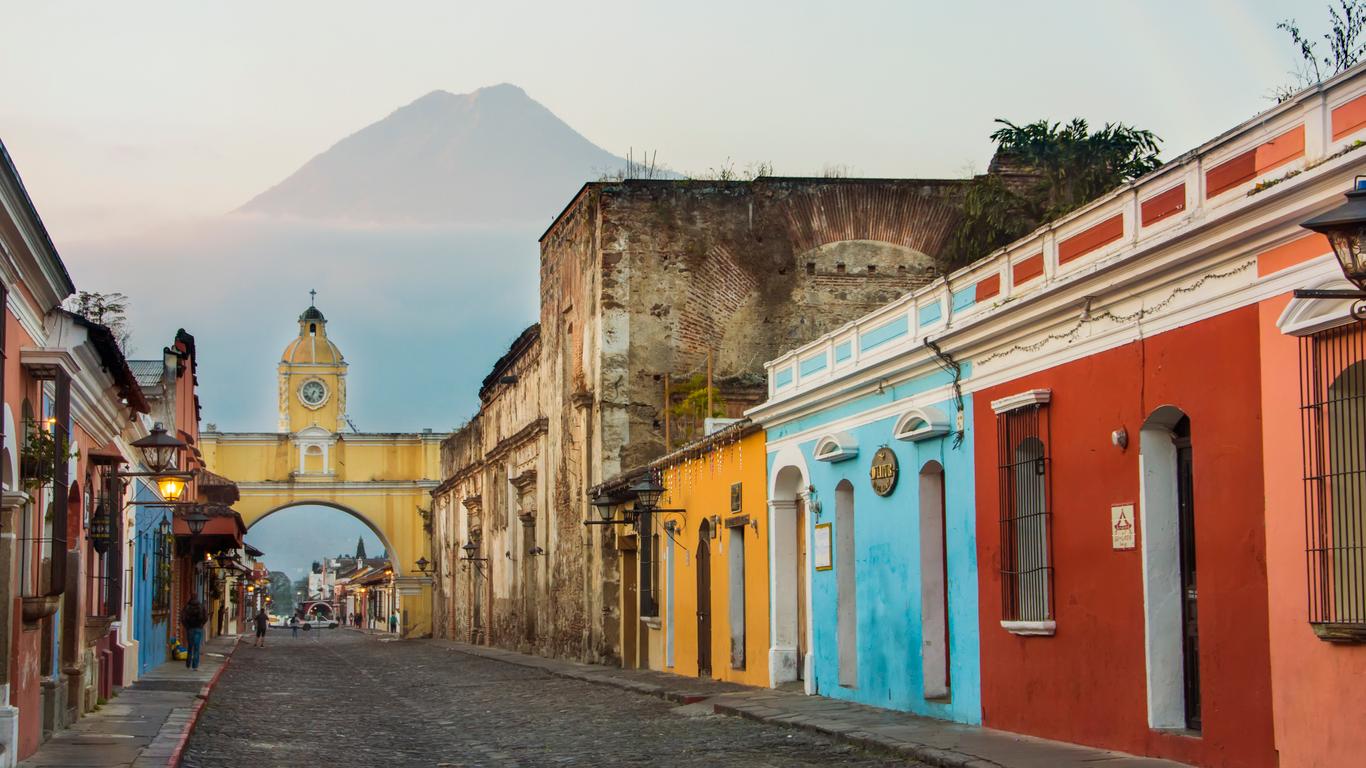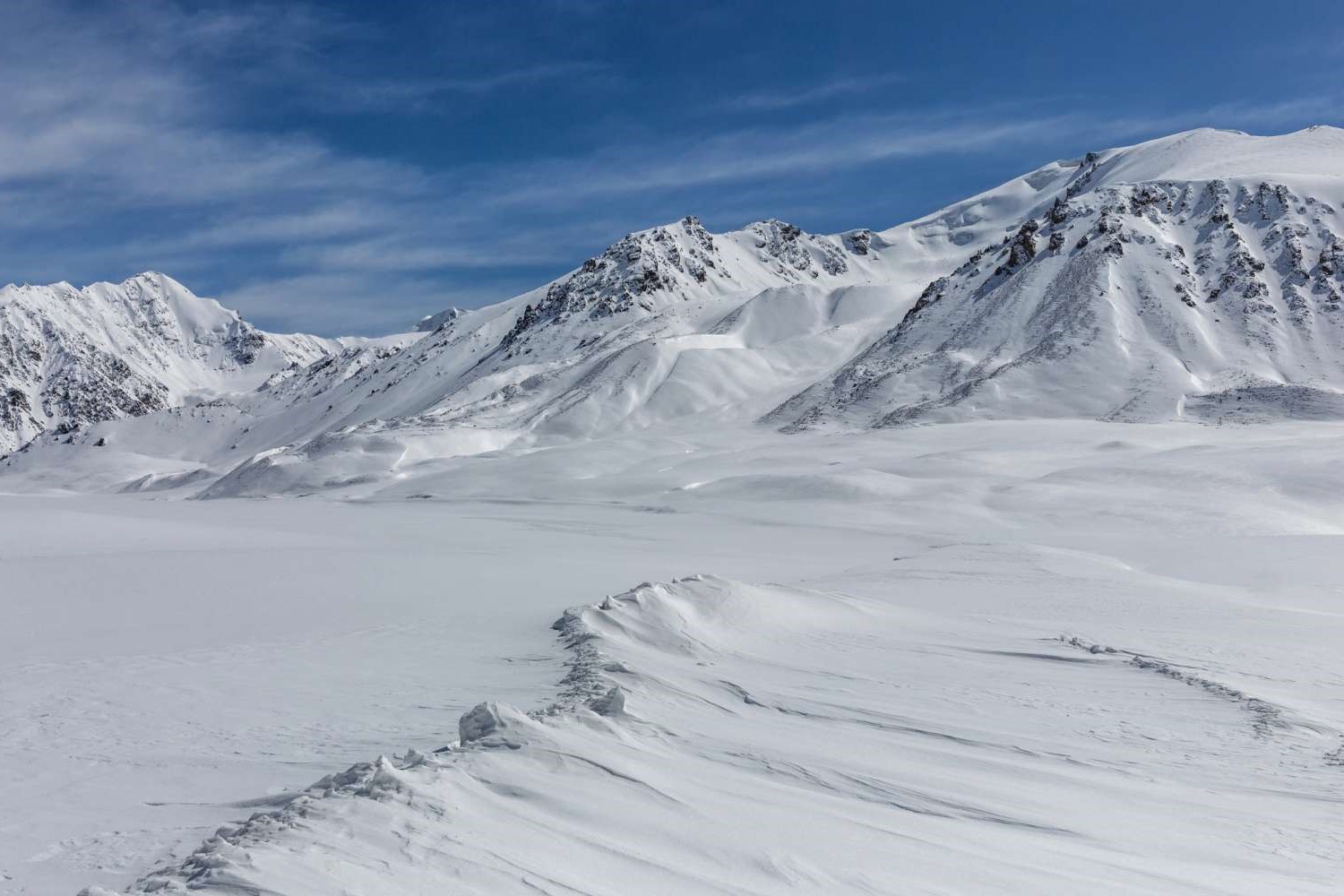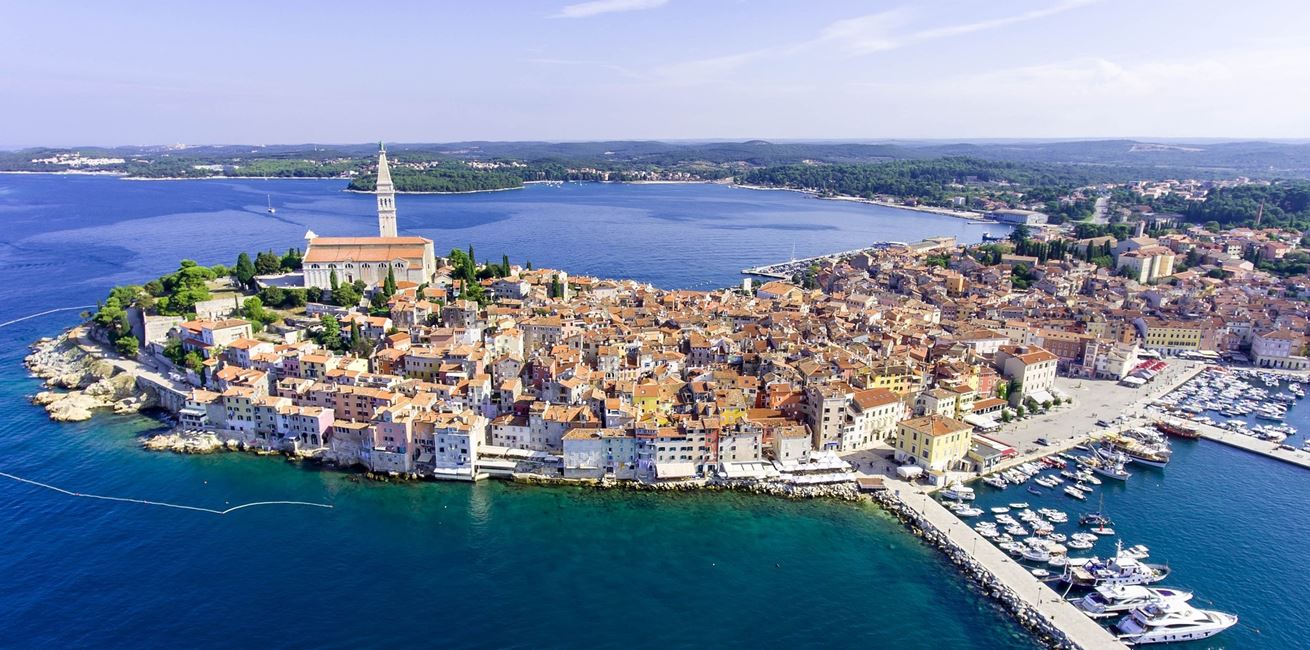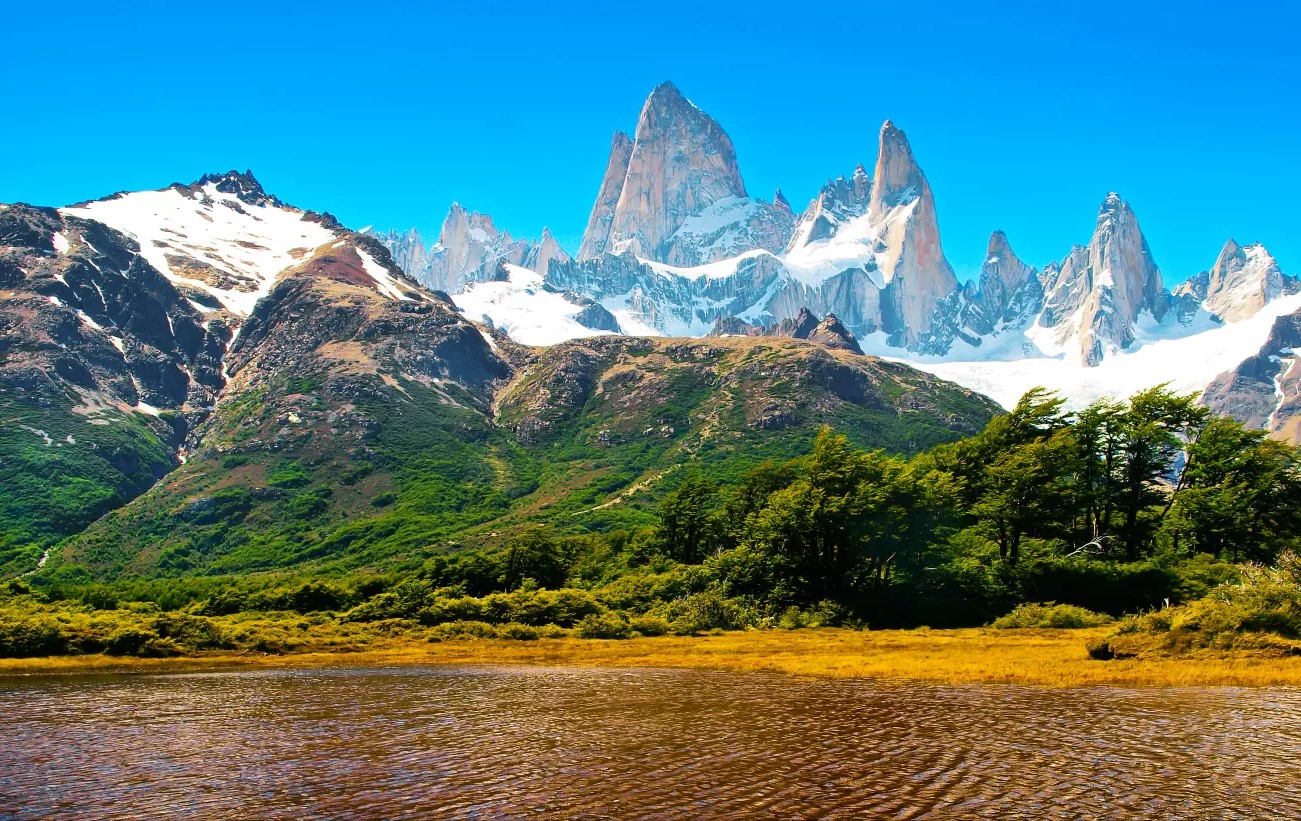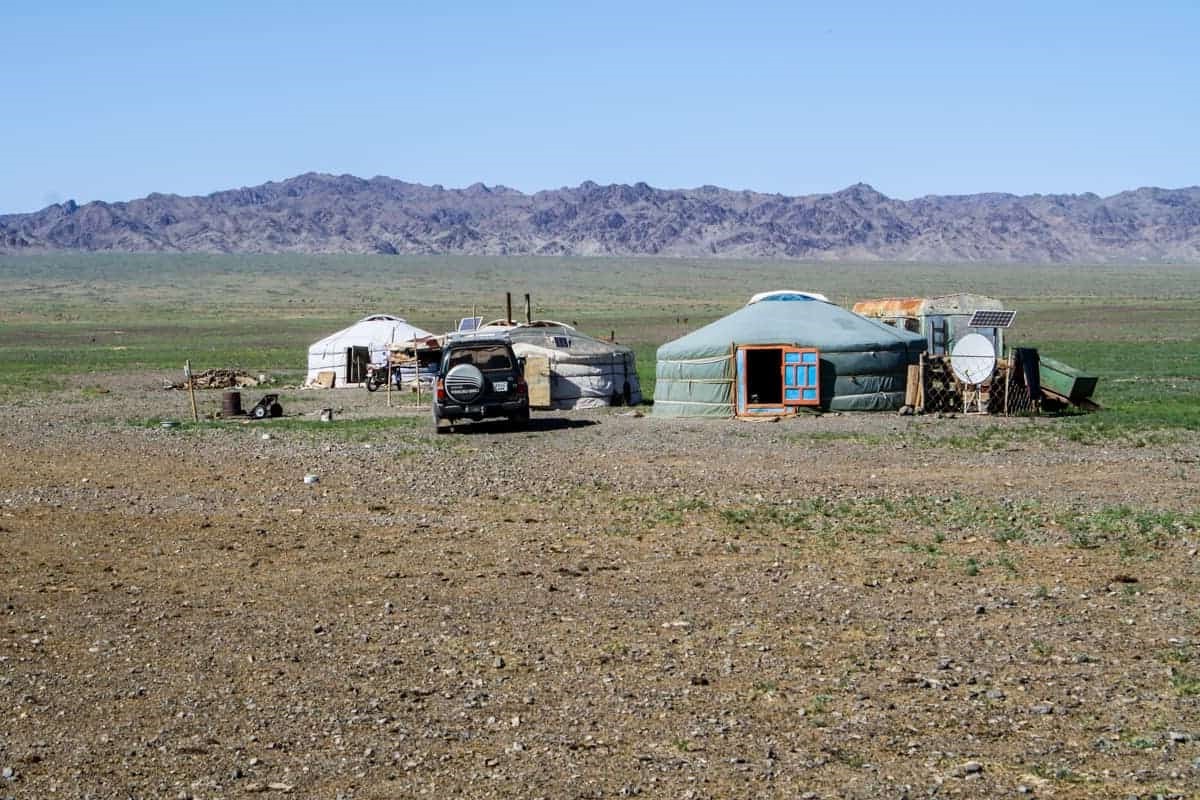Home>Weather and Climate>Minneapolis Climate: Average Temperature And Weather Patterns


Weather and Climate
Minneapolis Climate: Average Temperature And Weather Patterns
Published: March 2, 2024
Discover the average temperature and weather patterns in Minneapolis. Learn about the city's climate and weather conditions. Plan your visit with confidence.
(Many of the links in this article redirect to a specific reviewed product. Your purchase of these products through affiliate links helps to generate commission for Temperatures.com, at no extra cost. Learn more)
Table of Contents
Introduction
Minneapolis, the vibrant and diverse city nestled in the heart of Minnesota, experiences a climate that is as dynamic as the city itself. The weather patterns in Minneapolis are influenced by a myriad of factors, resulting in a unique blend of seasonal variations and temperature fluctuations. Understanding the climate of Minneapolis is essential for residents, visitors, and businesses alike, as it shapes daily life, outdoor activities, and even the local economy.
In this article, we will delve into the intricacies of Minneapolis' climate, exploring the average temperatures, seasonal weather patterns, and the impact of climate change on this bustling metropolis. By gaining insight into the weather and climate of Minneapolis, we can appreciate the beauty of its changing seasons and comprehend the challenges posed by a shifting climate. Let's embark on a journey to unravel the fascinating tapestry of Minneapolis' climate and weather.
Understanding Minneapolis Climate
Minneapolis, situated in the Upper Midwest, experiences a continental climate characterized by distinct seasons and a wide temperature range. The city's climate is influenced by its geographical location, topography, and proximity to the Great Lakes. Understanding the nuances of Minneapolis' climate involves delving into its average temperatures, precipitation patterns, and prevailing weather phenomena.
The average annual temperature in Minneapolis hovers around 45°F (7°C), with variations across the seasons. Winters are notably cold, with temperatures often plunging below freezing, while summers bring warmth and occasional humidity. Spring and autumn serve as transitional periods, marked by fluctuating temperatures and the vibrant display of seasonal foliage.
Precipitation plays a crucial role in shaping Minneapolis' climate, with the city receiving an average of 30 inches of snowfall and 32 inches of rainfall annually. The interaction between the city's urban landscape and natural terrain influences precipitation patterns, contributing to localized variations in weather conditions.
The presence of the Mississippi River and numerous lakes within the cityscape further influences Minneapolis' microclimate, impacting temperature differentials and creating localized weather phenomena. The urban heat island effect, a result of human activities and infrastructure, also contributes to temperature differentials between urban and rural areas.
Moreover, Minneapolis' climate is subject to the influence of prevailing winds, which can originate from the Arctic region during winter, bringing frigid temperatures, or from the Gulf of Mexico during summer, ushering in warmth and moisture. These wind patterns contribute to the city's weather variability and play a pivotal role in shaping its climate.
Understanding Minneapolis' climate involves recognizing the interplay of various factors, including geography, topography, water bodies, and human activities. This intricate web of influences gives rise to the city's unique climate, characterized by seasonal diversity and the ever-present potential for weather surprises.
By comprehending the intricacies of Minneapolis' climate, residents and visitors can better prepare for the city's weather fluctuations, embrace its seasonal charms, and appreciate the dynamic nature of its climate. This understanding also underscores the importance of adapting to and mitigating the impact of climate change, which poses challenges to Minneapolis' traditional weather patterns and climatic norms.
Factors Affecting Average Temperature
The average temperature in Minneapolis is influenced by a multitude of factors, each playing a pivotal role in shaping the city's climatic norms. Understanding these factors is essential for comprehending the temperature variations experienced throughout the year.
-
Geographical Location: Minneapolis' position in the Upper Midwest exposes it to a continental climate, characterized by cold winters and warm summers. Its proximity to the Great Lakes and the absence of significant geographical barriers contribute to temperature differentials, as air masses traverse the region, impacting the city's average temperatures.
-
Urban Heat Island Effect: The urban landscape of Minneapolis, with its concrete structures and human activities, gives rise to the urban heat island effect. This phenomenon leads to higher temperatures in urban areas compared to surrounding rural regions. The concentration of buildings, roads, and infrastructure absorbs and retains heat, contributing to elevated average temperatures within the city.
-
Topography and Water Bodies: The presence of the Mississippi River and numerous lakes within Minneapolis creates microclimatic variations, influencing temperature differentials across the city. Bodies of water can moderate temperatures, leading to cooler conditions in their vicinity. Additionally, the city's topography, including hills and valleys, contributes to localized temperature variations.
-
Prevailing Wind Patterns: The direction of prevailing winds significantly impacts Minneapolis' average temperatures. During winter, Arctic-originating winds bring frigid air to the region, contributing to cold temperatures. In contrast, winds originating from the Gulf of Mexico during summer usher in warmth and moisture, influencing the city's summer temperatures.
-
Climate Change: The overarching influence of climate change cannot be overlooked when considering factors affecting average temperatures. The gradual warming of the planet has implications for Minneapolis' climate, potentially leading to shifts in long-term temperature averages and seasonal variations. Understanding the impact of climate change on average temperatures is crucial for adapting to evolving weather patterns and mitigating its effects.
By recognizing and comprehending these factors, residents, businesses, and policymakers can gain valuable insights into the intricacies of Minneapolis' average temperatures. This understanding is instrumental in adapting to the city's climate, preparing for weather fluctuations, and implementing measures to address the challenges posed by a changing climate.
Seasonal Weather Patterns
Minneapolis experiences a rich tapestry of seasonal weather patterns, each contributing to the city's dynamic climate and shaping the daily lives of its residents. Understanding the distinct characteristics of each season is essential for navigating the diverse weather conditions and embracing the unique charms they offer.
Winter
Winter in Minneapolis is synonymous with snow-covered landscapes and frigid temperatures. The city experiences an average snowfall of around 54 inches, transforming it into a winter wonderland. Temperatures often plummet below freezing, with January being the coldest month, characterized by average lows of 7°F (-14°C). The arrival of Arctic-originating winds brings biting cold and occasional blizzards, creating picturesque scenes while necessitating careful navigation of icy roads and sidewalks.
Spring
As winter gives way to spring, Minneapolis undergoes a remarkable transformation. The city's landscape awakens with the vibrant hues of blossoming flowers and budding trees. However, spring in Minneapolis is marked by variability, with fluctuating temperatures and occasional snowfall in March and April. Average temperatures gradually rise, reaching highs of 60°F (16°C) by May. The arrival of spring heralds the onset of outdoor activities and the rejuvenation of the city's parks and gardens.
Summer
Summer in Minneapolis brings warmth and occasional humidity, creating an inviting atmosphere for outdoor pursuits. The city experiences average highs of 83°F (28°C) in July, the warmest month. Residents and visitors alike flock to the numerous lakes and parks, embracing the sunshine and partaking in a myriad of outdoor events and festivals. The long daylight hours of summer provide ample opportunities for exploration and recreation, making it a vibrant and lively season in Minneapolis.
Autumn
As summer transitions into autumn, Minneapolis is adorned with the breathtaking colors of fall foliage. The city experiences a gradual cooling of temperatures, with average highs of 60°F (16°C) in September, gradually descending to 45°F (7°C) by November. The crisp air and the vibrant tapestry of red, orange, and gold leaves create a picturesque backdrop for outdoor activities and leisurely strolls through the city's parks.
By embracing the distinct characteristics of each season, residents and visitors can fully immerse themselves in the diverse offerings of Minneapolis' climate. From the tranquility of a snow-covered winter to the vibrancy of a sun-drenched summer, each season contributes to the city's allure and provides a unique canvas for exploration and enjoyment. Understanding the seasonal weather patterns enables individuals to make the most of Minneapolis' climate, fostering a deep appreciation for the ever-changing beauty it bestows upon the city.
Impact of Climate Change
The impact of climate change on Minneapolis' climate is a topic of increasing significance, with far-reaching implications for the city's weather patterns, environmental dynamics, and the well-being of its residents. As the global climate undergoes unprecedented shifts, Minneapolis is not immune to the consequences of these changes, necessitating a comprehensive understanding of the evolving climate landscape.
One of the most notable impacts of climate change on Minneapolis is the alteration of traditional weather patterns. The city has witnessed a trend towards milder winters, with reduced snowfall and fewer days of extreme cold. Conversely, summers have become warmer, accompanied by an increased frequency of heatwaves. These shifts in temperature extremes have implications for public health, energy consumption, and the city's infrastructure, necessitating adaptive measures to mitigate the effects of heightened temperatures.
Furthermore, the changing climate has implications for Minneapolis' natural ecosystems, including its lakes, rivers, and urban green spaces. Rising temperatures and altered precipitation patterns can influence the ecological balance, potentially impacting biodiversity and the health of natural habitats. Additionally, the increased frequency of extreme weather events, such as heavy rainfall and flooding, poses challenges for urban resilience and infrastructure management, requiring proactive strategies to address these vulnerabilities.
The agricultural landscape surrounding Minneapolis is also subject to the impact of climate change, with potential ramifications for crop yields, water resources, and the livelihoods of rural communities. Shifts in precipitation patterns and temperature regimes can influence agricultural productivity, necessitating adaptive agricultural practices and water management strategies to sustainably address the challenges posed by a changing climate.
Moreover, the impact of climate change extends beyond environmental and meteorological dimensions, encompassing social and economic aspects as well. Vulnerable communities, including low-income neighborhoods and marginalized populations, may face heightened risks due to extreme weather events and changing climatic conditions. Addressing these disparities and building climate resilience within these communities is essential for fostering a more equitable and sustainable urban environment.
In response to the impact of climate change, Minneapolis has embarked on initiatives aimed at mitigating greenhouse gas emissions, enhancing urban sustainability, and fostering climate resilience. These efforts encompass a range of measures, including the promotion of renewable energy, the implementation of green infrastructure, and the development of climate adaptation plans to safeguard the city's future against the challenges posed by a changing climate.
By comprehensively addressing the impact of climate change, Minneapolis endeavors to build a more resilient and sustainable urban environment, fostering a harmonious coexistence with its evolving climate. The city's proactive approach towards climate action serves as a testament to its commitment to addressing the challenges posed by a changing climate and creating a more sustainable and vibrant future for its residents and future generations.
Conclusion
In conclusion, the climate of Minneapolis embodies a captivating blend of seasonal diversity, temperature fluctuations, and the ever-present influence of climate change. Understanding the intricacies of Minneapolis' climate is essential for residents, visitors, and policymakers, as it not only shapes daily life and outdoor activities but also presents challenges and opportunities in the face of a changing climate landscape.
The average temperatures in Minneapolis, influenced by geographical location, urban dynamics, and prevailing wind patterns, contribute to the city's distinct climatic norms. The interplay of these factors gives rise to the unique seasonal weather patterns that define Minneapolis, from the snow-covered landscapes of winter to the vibrant hues of fall foliage.
Moreover, the impact of climate change on Minneapolis' climate cannot be overlooked. The city has experienced shifts in traditional weather patterns, with implications for public health, natural ecosystems, and the resilience of urban infrastructure. Addressing these challenges requires a proactive and comprehensive approach, encompassing climate mitigation, adaptation, and the promotion of sustainable practices.
As Minneapolis navigates the complexities of its climate and grapples with the implications of climate change, the city's commitment to sustainability and resilience shines through. Through initiatives aimed at reducing greenhouse gas emissions, enhancing urban sustainability, and fostering climate resilience, Minneapolis is charting a path towards a more sustainable and vibrant future.
By embracing the diversity of its climate, understanding the factors shaping its average temperatures, and addressing the impact of climate change, Minneapolis is poised to navigate the challenges and opportunities presented by its evolving climate landscape. This comprehensive understanding serves as a foundation for building a more resilient, sustainable, and vibrant urban environment, ensuring that Minneapolis continues to thrive amidst the dynamic interplay of weather and climate.
